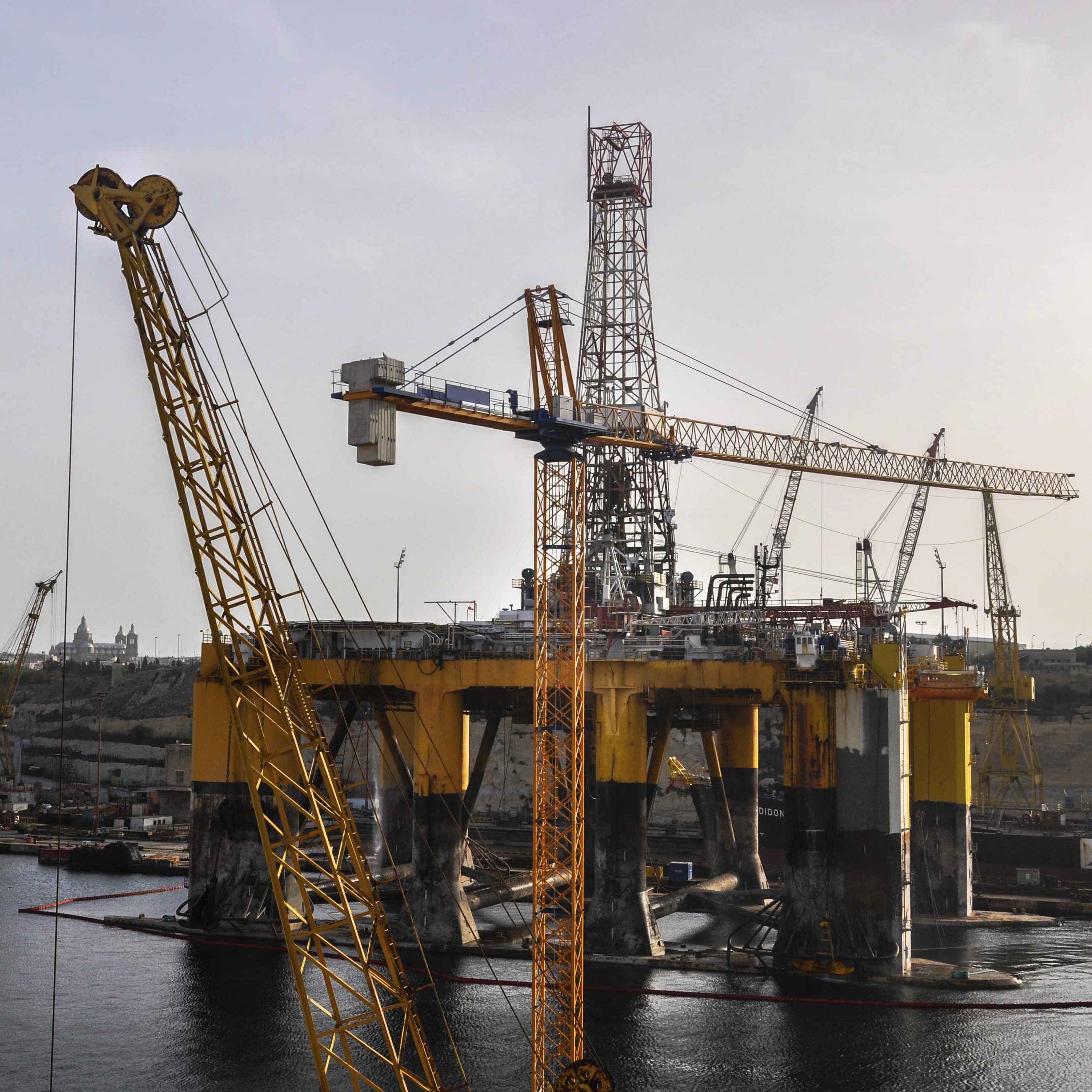
Getting oil out of the ground is not cheap, and as crude oil prices remain around $40 a barrel for U.S. West Texas Intermediate (WTI) and $44 a barrel for Brent (North Sea) Crude, producers have to be able to produce a barrel for less than that in order to make a profit. The U.S. only barely makes the cut, with a per barrel cost of $36.20, while the U.K. ($52.50) and Brazil ($48.80) are well below the profit line and Canada ($41.00) is likely losing money as well, since most of its crude sells at a discount to WTI.
The cheapest oil to produce comes from Kuwait, where the per barrel cost is $8.50. Saudi Arabian crude costs $9.90 a barrel to produce and Iraqi crude costs $10.70 a barrel to get out of the ground. The data were compiled by energy research firm Rystad Energy and reported on Monday at CNNMoney.
Profits for those countries where extraction costs are less than market prices have been hit by a huge boost in production and falling production costs. World oil production rose by 2.9 million barrels a day in the 12-month period to July 2015. Iraq, where production rose by 1.1 million barrels in the period, is the major factor, and U.S. production rose by 600,000 barrels a day between July 2014 and July 2015.
The problem for most OPEC producers and national oil companies is that their countries’ budgets depend on oil and those budgets were drawn up with far higher prices than $45 a barrel. Some countries have banked a sizeable rainy-day fund. But even Saudi Arabia is beginning to feel the pinch of drawing down these funds. The Saudi monetary authority has reportedly withdrawn up to $70 billion from its global asset funds as of September.
ALSO READ: The Case for $1 Gas
For countries like the U.S. and Canada, where no national oil company exists, the negative impact of low crude prices is felt first in the amount of money that producers spend on drilling and developing new wells. The decline in capital spending has been well-documented and is beginning to have an impact on production. By the end of this year, U.S. production could be half a million barrels a day below its 2014 level.
That should lift the price of crude, but the increase is now expected to be slow developing, not least because there are still about 3 billion barrels of crude sloshing around in storage tanks around the world — and very likely several dozen million more swimming around in circles offshore, waiting for buyers.
Here is Rystad Energy’s list of production costs for the 20 largest oil-producing countries:
- Kuwait – $8.50 a barrel
- Saudi Arabia – $9.90
- Iraq – $10.70
- United Arab Emirates – $12.30
- Iran – $12.60
- Russia – $17.20
- Algeria – $20.40
- Venezuela – $23.50
- Libya – $23.80
- Kazakhstan – $27.80
- Mexico – $29.10
- China – $29.90
- Nigeria – $31.60
- Colombia – $35.30
- Angola – $35.40
- Norway – $36.10
- United States – $36.20
- Canada – $41.00
- Brazil – $48.80
- United Kingdom – $52.50
Production costs are a combination of capital and operating costs and are based on a survey of some 15,000 oil fields across the 20 countries.
Are You Ahead, or Behind on Retirement?
If you’re one of the over 4 Million Americans set to retire this year, you may want to pay attention. Many people have worked their whole lives preparing to retire without ever knowing the answer to the most important question: am I ahead, or behind on my goals?
Don’t make the same mistake. It’s an easy question to answer. A quick conversation with a financial advisor can help you unpack your savings, spending, and goals for your money. With Zoe Financial’s free matching tool, you can connect with trusted financial advisors in minutes.
Why wait? Click here to get started today!
Thank you for reading! Have some feedback for us?
Contact the 24/7 Wall St. editorial team.




